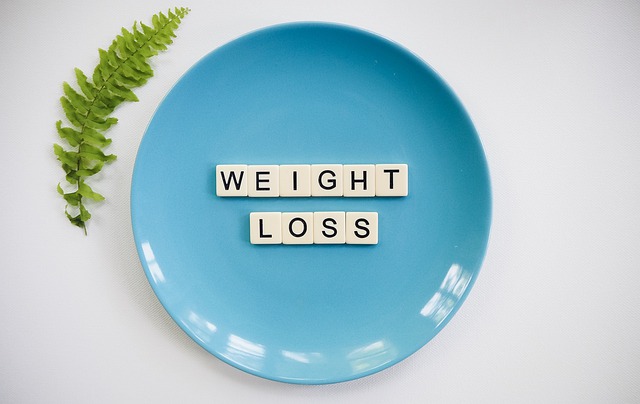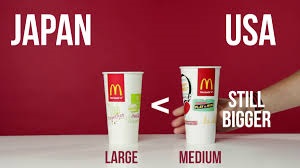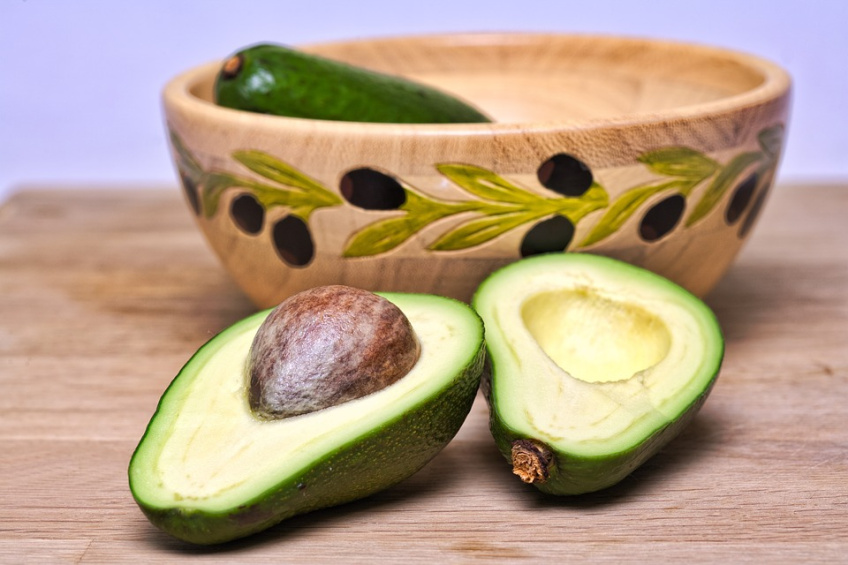Photo, iStock.
By Mackennon Klink, CSCS, PN1
Sooo……. What do you wanna eat?
This is the million-dollar question we ask ourselves (or significant other). Typically, we don’t either plan or know what we are going to eat for lunch or dinner the following day(s). If we do plan ahead, it’s usually that uninspiring sandwich for lunch or having leftover (again) for dinner when we’re exhausted arriving home.
It may seem like a daunting task to organize and plan your meals ahead of time, yet it’s actually an easy process that will allow you to consistently nail your nutrition, save your time and money, and improve your relationship with food.
There’s a lot to unpack so I’ll break it into sections and address each mental hurdle step by step.
What Exactly is Meal Planning?
Meal planning is the process of planning what to eat in advance for the next meal, day, and/or week. At first, meal planning seems like an impractical task, yet it’s a much easier task than imagined. In fact, you’re already meal planning without knowing it. Don’t believe me? Think to when you are grocery shopping. You aren’t just purchasing a bunch of food for tonight, but for foods you’ll be eating in the upcoming weeks. That is a basic form of meal planning.
Meal planning simply revolves around being more organized with your eating habits and food selection with a talented list of foods you want to eat. With the key words in that previous sentence is “want to eat.” In order to meet your nutritional goals (lose weight, eat healthier, etc.) you must adhere to your food selection. It makes absolutely no sense to purchase a bunch of foods you absolutely hate or using complex recipes requiring hours to finish when you starting.
The Benefits of Meal Planning
Hopefully, you realized that meal planning isn’t as of a daunting task and you’re already doing a basic meal planning every time you get groceries. Truth be told, there is no right or wrong way to meal plan. The correct meal planning method is the one you are consistency able to do. Meal planning is different for everyone, depending on their financials, obligations, lifestyle, and other factors. Regardless, there’s numerous benefits everyone can reap from meal planning.
1) Save Money by Cooking
Learning how to cook is THE best thing you can do and is a thousand times cheaper (and healthier) than going out to restaurants.
Even if you’re just ordering a salad, you don’t fully know everything they put inside. They don’t care about your waistline. They’ll load that sucker up with as much food topping and items as possible. Restaurants are more concerned about making it as tasty and enjoyable as possible to get yo money.
Here a quick comparison: For the price $12-15 of a meal at a restaurant, you can buy 2lbs of chicken, 2lbs of potatoes, and bags of frozen veggies at the same price point. So instead of having a single meal, you now have the necessary resources for 3-4 meals. In addition, you’ll avoid the hidden sugars, fats, and oils restaurants use to make their food so good.
Mack Tip: your significant other will find you 1000% more attractive if you are able to cook a few decent meals from scratch.
2) Nutritional Consistency and Adherence
When it comes to improving your health, consistency is the name of the game! While I’m sure you heard that before, it’s so true that consistency and adherence are what makes any diet successful.
Here some honest truth; Paleo, Ketogenic, Whole 30, South Beach and any other diet literally works for it places you into a caloric deficit. There’s absolutely no reason to starve yourself in order to lose those pounds. If your diet doesn’t fit with your lifestyle or you cannot consistency adhere to said diet, it’s time to get a new one. The best diet is the one you enjoy while making consistent, objective progress. Period. End of story.
3) Making Healthier Decisions
Planning your meals ultimately allows you to take control of your own personal nutritional needs. By having your ingredients readily available and know what you’re cooking is essential to making nutrient dense meals you’ll enjoy.
Nutrition dense meals means the food is high in vitamins, minerals, macros, yet low in overall calories. A few examples would be fruits and veggies, lean meats, and potatoes to name a few. As previously mentioned, every diet works by having the individual eat more lean meats/protein and more veggies. In addition, by getting more nutrient dense meals, this means lower total calorie meals, more quality macronutrients, and getting the vitamins and minerals your body needs.
4) Increase Food Variety
No one likes to eat the same meal over and over again, or sticking to strict, rigid diet. By meal planning, you’re in complete control what you eat and the foods you want to eat. This will allow your meals to remain enjoyable and “fresh.” As they say, “variety is the spice of life.”
5) Decrease stress
Cooking and preparing for dinner should be enjoyable – not a mad rush to subdue your hunger. Since you already have everything readily available, this allows you to be creative with your meals. A creative and thoughtful menu takes the pressure off the week and ensures your happy with your nutritional choices.
6) Save time
When you are organized and plan ahead, you avoid the frantic, last minute mad scramble of “what the hell am I going to eat?” when it’s 8:30pm at night and you’re exhausted after working all damn day.
With your ingredients and recipes already at home, it’s much easier to prepare your meal quickly, efficiently, and stress free.
These are just a few rewards you’ll reap as you progress through your meal planning journey. If you are unsure what you should prioritize while food shopping, I’ve put together a quick and easy recommended food list for you. This isn’t an “end all-be all” list. This is simply a list of foods I enjoy eating and cooking. With this list, you’ll have all the tools necessary to create healthy meals.
What is the Goal of Your Meal Plan?
Even before you begin planning out and rationalizing your weekly food items, you need to identify why you want to do this. Some people want to eliminate the evening stress of cooking, while others simply want to get into the habit of cooking.
Since we have been discussing meal planning in fat loss terms, the majority of individuals begin meal planning to lose body fat and gain muscle. The honest truth is, these are common goals and isn’t enough to sustain a diet or consistently going to the gym, especially when it becomes tough. To lose body fat, you need to know “why” it’s important to you.
Ask yourself, “Why does this matter to me?”
Don’t just focus on the superficial level, go deep.
Dig deep, and please, don’t say because abs are “hawt.”
Once you clearly establish your “why”, you need to maintain it throughout your journey. When it becomes difficult, you want to remember why you started in the first place to help you resume the course.
One you establish you “why”, the next step is to figure out your meal planning goal(s). Do you want to:
Eat better?
Save money?
Save time?
Cook less/more?
Adhere to a new diet?
Have family dinners be less stressful?
Someone who’s sole intention to save money will have a very diffident approach when compared to someone losing body fat or addressing a specific health concern. If you simply want to stay in budge or get into the habit of cooking meals, you probably want to stick to a simple recipe, rather than a complicated recipe with a bunch of ingredients.
By clearly identifying your primary goal, you’ll automatically set yourself up for long term success when compared to others. Focus on your daily nutritional needs and work back from there. Don’t try to change everything at once. Small hinges open big doors, so focus on making small sustainable changes, like cooking 2-3 times throughout the week.
How to Get Started with Healthy Meal Planning
Up to this point, you have figured out why you should be meal planning and what success means to you. Now let’s actually get started.
Meal planning needs to fit around your lifestyle – work schedule, gym routine, family and work obligations and responsibilities. I have found that Sunday is usually the best day to meal prep for the week.
Your primary goal when meal prepping should be focusing on cooking enough protein and veggies, plus a starch if you need the additional carbs. Eat real foods and keep it simple.
Let’s break this down step by step:
1) Determine how many meals you are preparing:
First thing is to determine how many lunches/dinners you need to prepare. For example, if you want to eat a healthier lunch, then focus on preparing for 3-5 lunches that week.
If you want to take it a step further, you can divide your daily macros to ensure your prepped meals keep you on track to hitting your goals. Based on your daily macro goals, you should have an idea on your meal’s “macro goals.” For example, my daily protein goal is 200g. I know I eat 4 meals a day, so that means each meal needs to have 50g of protein. Obviously, your macros would be different due to your training and physique goals height, weight and other physical characteristics, but the example works.
2) Choosing what foods to eat/prepare:
You want to focus on preparing foods you enjoy and know you’ll eat. It makes no sense to prepare a Tri tip steak if you are a vegan (why would a vegan cook this, idk, but just roll with it).
To make your life easier, I’ve prepared a list of foods to choose what to prepare.
Choose 1-2 PROTEIN sources from this list to cook & season to your liking:
Chicken Breast
Steak
Fish
Turkey Breasts
Ground Turkey
Grass Fed Beef
Wild Game
Choose 1-2 CARBOHYDRATE sources from this list to cook & season to your liking:
ALL the veggies
Gluten Free Oats
White Rice
Quinoa
Beans/Legumes
Sweet Potatoes/Yams
White/Red Potatoes
Fruit
If you tend to run low on fats, consider preparing, portioning out, or cooking your carbs/proteins with some of these FATS:**
All Natural Nut Butters
Tree nuts (Almonds, Cashews, Walnuts, Pecans, Brazil Nuts, etc.)
Seeds (chia, flax, pumpkin, etc.)
Avocado
Coconut Oil
Extra Virgin Olive Oil
Grass Fed Butter
Ghee
**Beware that fats are the most calorie dense macro at 9 calories per gram of fat. Make sure you are weighing/measuring fats accurately to not go bust on your fat/calorie goals.
3) Time to cook!
At this point, we know what our ingredients/foods are so let’s get cooking! It’s time to take over that kitchen with your set ingredients. Feel free to cook with your preferred sauces and spices. Once cooked, portioned into your individual container and your done! See?? Not too complicated after all, right?!
Meal Prep Tips and Tricks
As previously mentioned, there is no “right way” to meal prep. Meal prepping will be slightly different for everyone depending on their diet and nutrition, lifestyle, food choices and selections, and adherence. Think of it more as a learning process to help you achieve your individual nutritional choices and fitness goals. To help speed up the learning process, here’s a few tips I’ve learned along the way.
1) Start small
If you have never meal prepped before, it can be overwhelming to think of everything you need to do. Instead, focus on cooking enough for 2-3 meals and start pre-planning your grocery list. (side note – never go to the grocery store hungry, otherwise you’ll be over indulging in foods you don’t need.)
2) Multi-Task
If you have an oven and stove, you can always be cooking multiple items at the same time. For example, if you are cooking steak, chicken, or ground beef on the stove, cook your veggies in the oven.
3) Cook an extra dinner
The last thing you want is to run out of food on a Wednesday. Instead of splurging additional money at a restaurant, which you have no idea of how much oil, spices, and what else they put inside, make an extra-large dinner. This will ensure you’ll have plenty of leftovers for the whole week.
For example, if you are making stir fry, you can easily double or triple the number of veggies and protein for additional meals throughout the week.
Once you understand how to meal prep, it quickly becomes an easy task. Make sure you keep it simple and fun by focusing your meal prep on veggies, protein and modifying as necessary to fit your individual preferences.
The difference between hitting your macro goals just simply rely on willpower, and hertanic effort.
Once you get the hang of it, your meal prep can be done within 1-2 hours. That small chuck of time will make your diet more nutritious, save you time, money, and stress throughout the week and allow you to achieve your goals faster!





